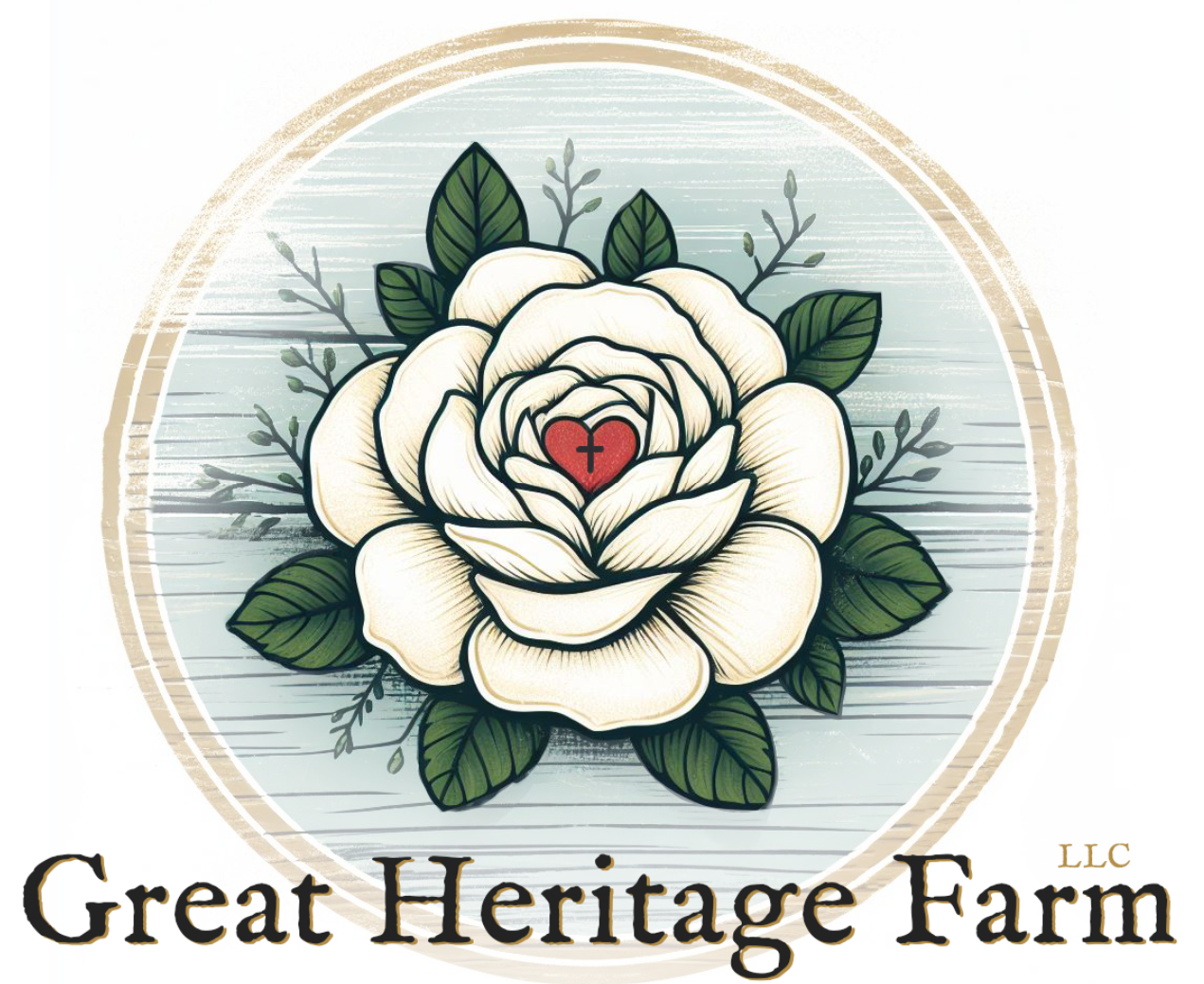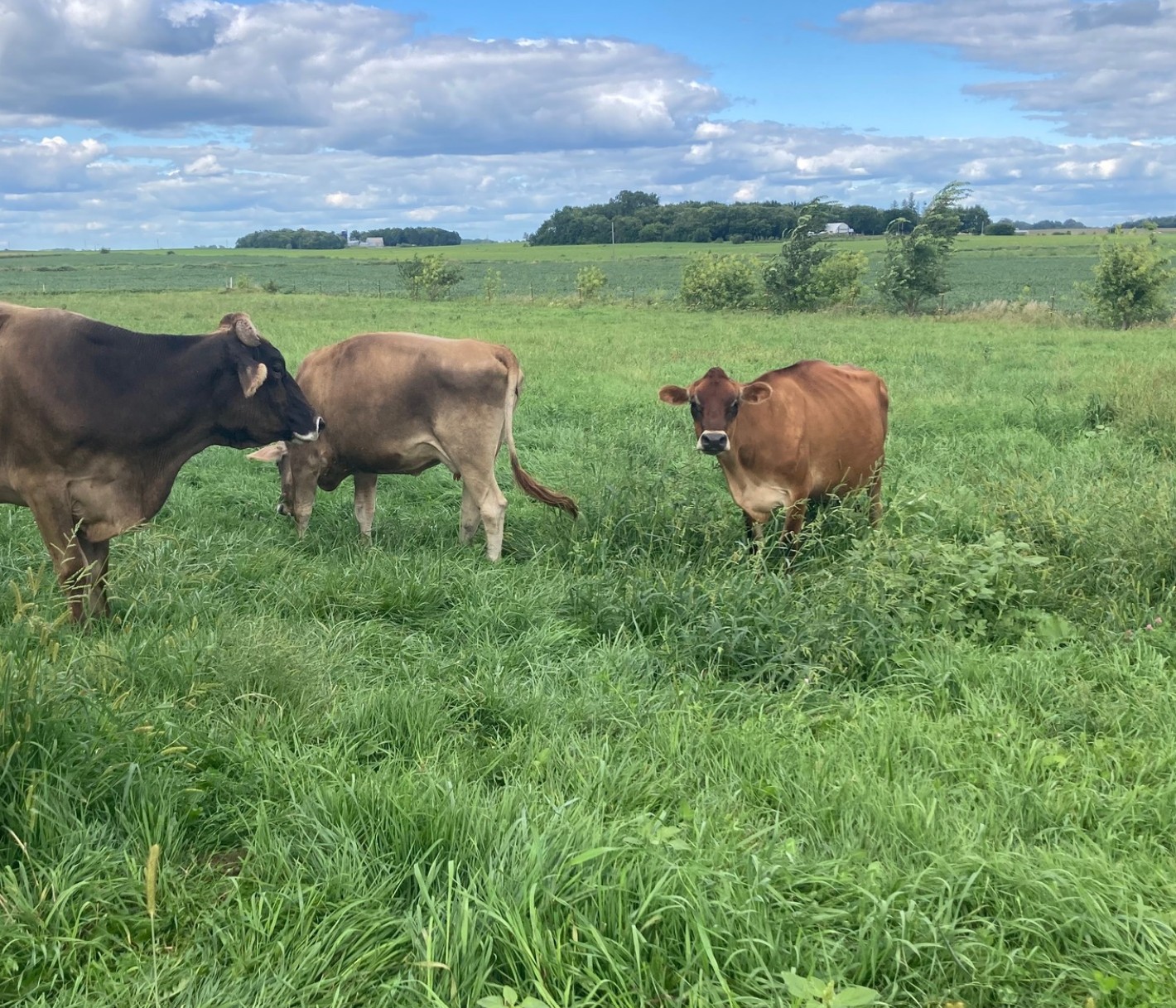I hope you’re enjoying this beautiful Minnesota cool-down! It’s made time in the garden so much more comfortable, and I love this stretch of late summer. Around here, we’ve been savoring tomatoes, summer squash, potatoes, and cucumbers daily—plus treasures from generous friends’ gardens. Just yesterday, the kids were thrilled with a bag of what they call “magic green beans”—deep purple at first, but they turn bright green when you fry them in butter! What a wonderful world we live in to have things like purple green beans, shared by a good friend.
I recently heard some news that made me pause: a dairy is working to get approval for 37,000 cows in eastern ND. Thirty-seven thousand! I can’t help but think about how different that is from what we’re trying to do here. On a farm that size, feed has to be hauled in from far away—usually from vast acreages of mono-crop corn and soy—instead of cows grazing fresh, diverse pastures and returning fertility right where they eat. A single large dairy can use millions of gallons of water daily, putting strain on aquifers and watersheds. And smalls farms that can’t compete disappear.
Regenerative farming is about closing the loop—cows moving across pasture, soil getting healthier, water cycling naturally, and communities thriving from many small farms instead of just a few mega-operations. It spreads resilience across the land.
You’re helping keep those good, simple cycles alive. Did you know that here in Sibley County, only 0.6% of farmland is pasture? That’s less than 1% of nature’s natural sponge—the prairie—that once blanketed this part of southern Minnesota.
Some days, that number makes me feel impossibly small. But then I remember: small means being close enough to know the land, to care for each animal by name, to welcome friends into the garden over real conversation, and to share food that you can literally watch grow. Just last week, a family visiting the farm commented on how each of our animals—the cows, goats, even the chickens and pigs—knew us and came when they heard our voices.
The truth is, small family farms are disappearing in droves. The USDA reports that the U.S. lost over 140,000 farms in just five years. And yet, because of people like you, farms like ours still have a place.
So thank you for walking this path with us. For trading store shelves for farm fields when possible, and for choosing connection over convenience. You’re part of the story that keeps three dear dairy cows, a handful of beef cattle and pigs, a garden, and a family farm going strong.
With deepest thanks,
Leah


